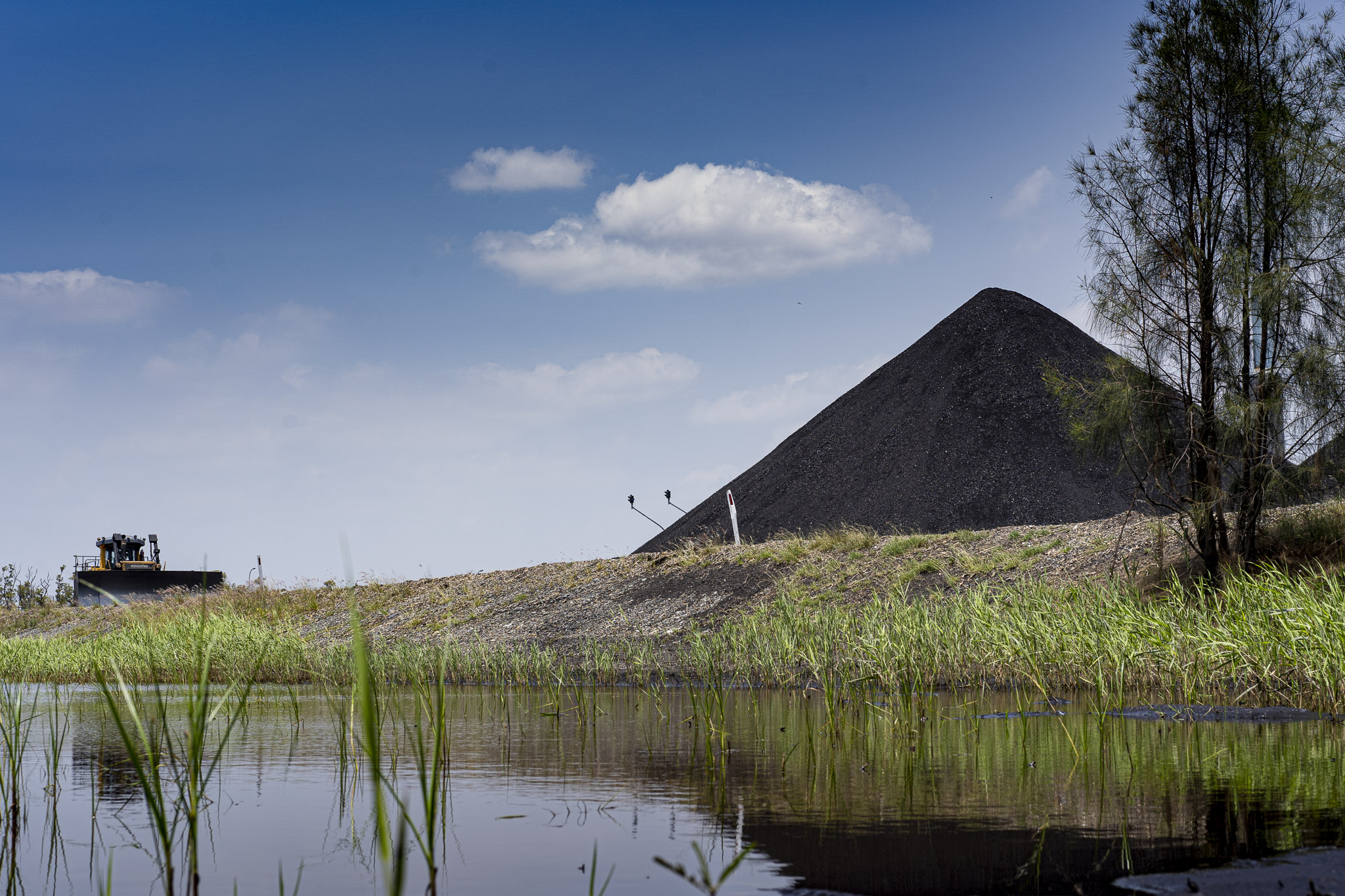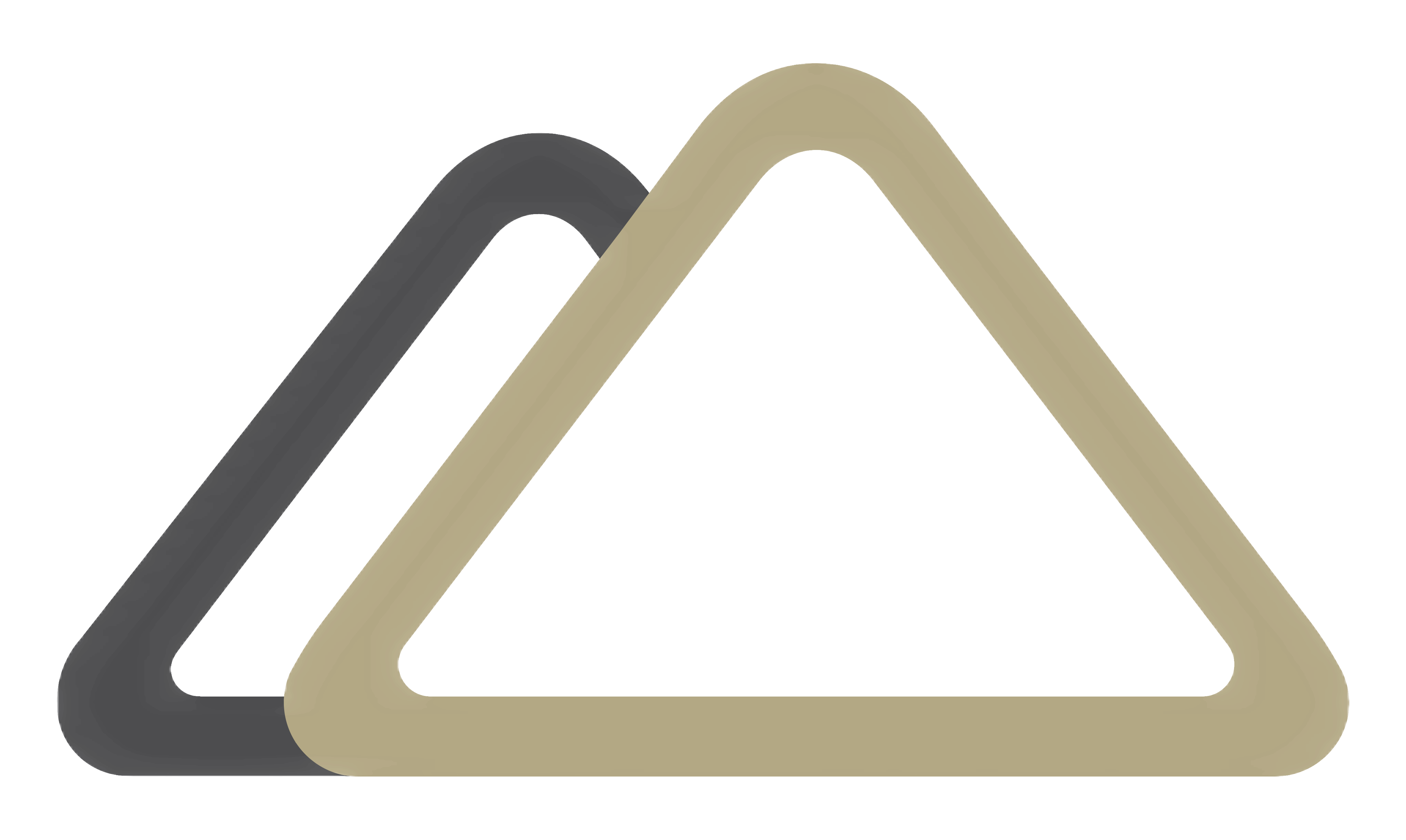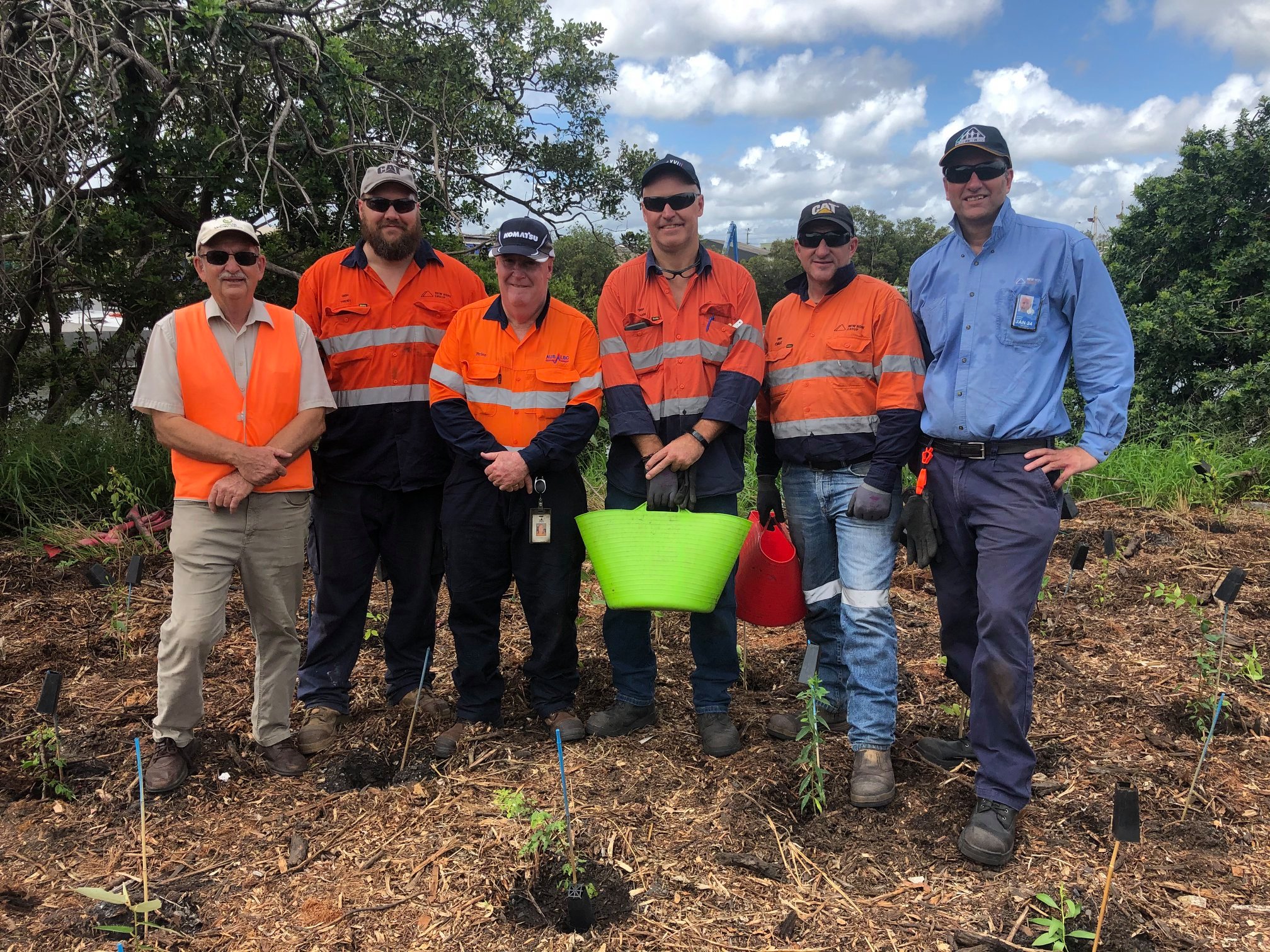The Queensland Bulk Handling terminal has been operating at the Port of Brisbane for 30 years and is committed to responsibly managing its local environment.
QBH's Environmental Management System supports environmental performance by increasing awareness, optimising operational control, monitoring compliance and enabling continuous improvement.
The system is based on scientific studies, internal and external environmental expertise, extensive operational experience, environmental guidelines, advice provided by various statutory authorities, and best practice environmental management approaches.
To view documents related to New Acland's environment please visit the Reporting Page.
- End-to-end environmental management integrated into all phases of project planning and delivery
- Programs that address noise, air, dust, water, waste, energy, flora and fauna, and the broader local environment
- Investment in detailed studies to ensure all potential environmental impacts are understood and control strategies employed to address them
- Ongoing monitoring programs to ensure that our actions align with our intentions and comply with statutory limits
- Evaluation of new and innovative environmental control measures for potential implementation and continual improvement through performance reviews
- Consultation with external stakeholders to strengthen our performance and contribution

Dust Management
QBH complies with the Queensland Government's environmental legislation relevant to the operation of its port facility, including the "Environmental Protection Act 1994". The company undertakes proactive air quality monitoring at sites located on its port facility's boundary and between its port facility and the suburb of Wynnum North. Coal shipped by QBH has comparatively low levels of dust, especially when compared with coal from central Queensland.
Dust Monitoring
Air quality (dust) monitoring stations provide the ability to assess whether there may be potential dust impacts on surrounding communities. Over the past 30 years of ship loading operations at QBH's port facility there has been no evidence of significant dust levels occurring adjacent to the coal terminal, or further afield. QBH is required to meet the strict conditions specified in its Environmental Authority (EA) issued by the Dept of Environment and Science (DES). For dust deposition and airborne PM10 particulates, QBH's port facility is required to comply with the EA limits of 120 mg/m2/day and 150 µg/m3 (24 hour period), respectively. Air quality objectives are also specified in Schedule 1 of the Environmental Protection (Air) Policy 2008.
Monitoring Locations
There are currently four compliance monitoring sites for dust deposition and PM10 airborne particulates - Sites 1 to 4. These compliance monitoring sites are established between the QBH facility, DES and the nearest sensitive receptors at Wynnum North.
The dust deposition monitors have operated on a permanent basis since establishment in 2013. The PM10 monitoring campaigns have been undertaken when prevailing winds were most likely to blow towards the nearest sensitive receptors at Wynnum North. The dust deposition and PM10 particulate monitoring programs were both conducted in accordance with their applicable Australian Standard and were managed by an independent environmental professional. QBH continues to consult regularly with the DES in relation to the operation of its air quality monitoring program.
It is important to note that QBH is located within an industrial area and that other local or regional sources may also contribute to any dust exceedances recorded or reported.

Dust Deposition
The following graph summarise the monthly dust deposition data for QBH at the compliance monitoring sites in 2019 and 2020.
The monitoring showed:
-
The dust deposition rates at all the compliance monitoring sites were below the dust deposition criterion (120 mg/m2/day) during the monitoring period.
-
The reported coal fraction at the compliance monitoring sites was generally 10% or less.
-
QBH operations are not resulting in nuisance impacts at sensitive

PM10 Particulates
The following graph summarises the PM10 particulate data for the period of October 2017 to December 2017. The monitoring showed:
-
PM10 concentrations at the compliance monitoring sites were below the EA limit (150 µg/m3).
-
PM10 concentrations at Site 1 were below the PM10 objective in the EPP (Air) (50 µg/m3).
-
PM10 concentrations at Site 4 were generally below the PM10 objective in the EPP (Air) (50 µg/m3). One PM10 concentration of 59 µg/m3 (potentially influenced by major earthworks 100m from the monitoring location) was recorded on 23/11/2015.




